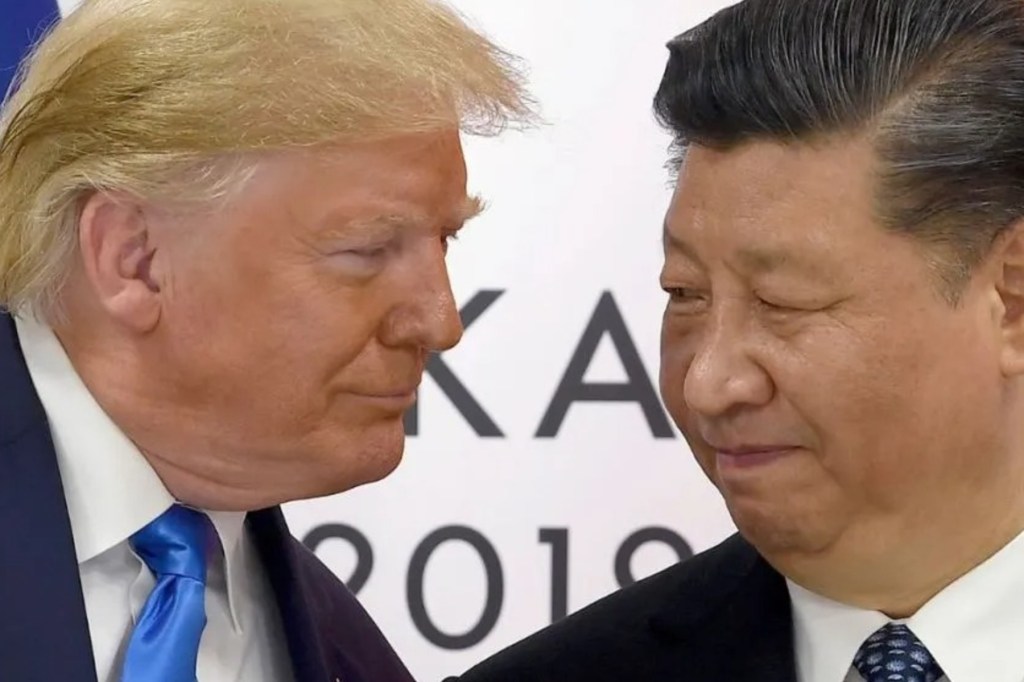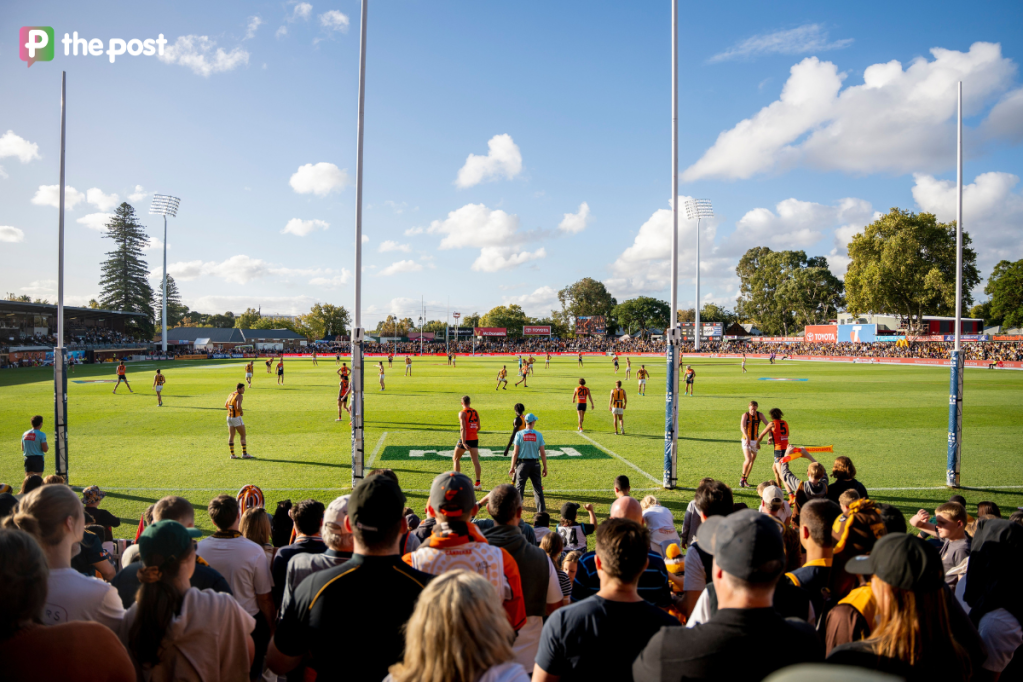10 minutes with… Adelaide Festival Centre CEO Douglas Gautier AM
The longstanding arts leader who will step down from the CEO and artistic director role in 2025 chatted to InDaily about his decades-long experience in the Adelaide arts sector and his proudest achievements.

After 19 years in the role, Gautier announced his retirement from his position since 2006.
During his tenure, acclaimed festivals like OzAsia, DreamBIG Children’s Festival and Adelaide Cabaret Festival began and grew, as did First Nations programming like OUR MOB.
Gautier helped drive Adelaide’s bid for UNESCO City of Music status in 2015, and in 2016 was awarded an Order of Australia for service to the arts, community and tertiary sector.
He oversaw the Festival Centre’s bumper 50th year which brought in more than one million attendances and had a $164 million economic impact in 2023.
Though he’s departing from the major arts organisation, he’ll stay close to Festival Plaza as Flinders University deputy chancellor, maintain board positions and visit as a theatre-goer.
In October you announced you’ll step down in the second half of 2025. How are you feeling about retirement?
DG: It’s a brave new world for me. In a way, it won’t exactly be retirement, I’ll be doing quite a few other things and so it’ll be different, of course, but it won’t be empty of things to do.
You might like
I’m going to miss the place a lot, and I’ll miss the people, because it’s really the people that bring this, well any, bricks and mortar to life. And this is a very special place. I started my career here as a young guy, and so it’s got a very special place in my heart.

Douglas Gautier was appointed to the role in 2006 when he was in his early 50s. This picture: Helen Karakulak/InDaily
In your time here, you’ve secured major productions, such as Disney’s Adelaide debut of Aladdin, why was major productions an important part of the Festival Centre’s growth?
I think any centre that is worth its salt and really does its job in being relevant to its audiences needs a balance between commercial work and public purpose work, if you like – work that doesn’t make money, because free events, exhibitions, work for children, etc. often those sorts of things don’t make money.
If we think about something like Aladdin, one of those big shows can be between 130–140,000 tickets over a period. Adelaide public, hitherto, were getting on aeroplanes and going to see those musicals in Sydney and Melbourne, and not just once, but several times and taking their families. So we were really keen to make sure that we could get as much of that national touring, network music, commercial musical content that we could.
Of course, one of our problems was that we only had one big, commercially viable theatre in this complex and so we needed another one to take the mid-scale musicals like Come From Away or Six, or those musicals; Grease, for instance.
So that’s why we rebuilt Her Majesty’s Theatre, now it’s around 1500 seats, which is commercially viable. We’ve ensured that Adelaide is on that national touring network map and we do get a good number of musicals coming through and you know, those musicals, they love to come here. Love to work here. We’re not the biggest capital city, obviously, but Adelaide people respond well to great work.
Is there a particular standout show or work you did during your tenure that made you think “Wow, I can’t believe we did that”?
Stay informed, daily
Getting Aladdin across the line was very important to us, and we had to make direct representations to senior staff at Disney Theatrical in New York.
I think one of the major achievements of the team here has been the rebuilding of Her Majesty’s Theatre. It took what was the last standing Tivoli theatre of the chain, it was an Edwardian theatre that was built and opened in 1913.
The architects, the builders, the theatre consultants and our team, I think, managed to create a modern theatre which respects the past and includes lots of things from the original theatre, but importantly it’s very comfortable for audiences and artists in the 21st century.

The $66 million rebuild of Her Majesty’s theatre increased capacity to 1467 seats over three levels. Photo: Chris Oaten
Both with Her Maj and the Festival Plaza, there have been a lot of development changes in the area. How have the new developments and the theatre responded to each other and brought people into the city?
I think we really regard ourselves as key anchor attractions in this precinct here, bridge to bridge. We also regard Her Maj as an anchor attraction down in the Chinatown market precinct, different flavours, but same principle.
Here, effectively this plaza has become like the gateway to the Riverbank precinct… I think we’re all convinced that this plaza is the gateway to this precinct, and this precinct will only grow in terms of foot traffic and attraction.
With Her Maj, the kind of development that’s going on at Chinatown and the market, new apartments, new hotels and the new market itself. Students coming back, you know, it’s very much alive. In fact, the theatre was built across from the market back in 1913 because it was regarded as being in the right place, and it still is.
We see that cluster there really having tremendous energy and one of our key assets being right in the centre of it. So I think that that sort of precinct power does work. In both places, the whole can be greater than the sum of the parts.
Adelaide’s festival calendar is stacked beyond Mad March into Cabaret Festival, OzAsia and more. Since you started in the role in 2006, what changes have you observed in programming and audience appetite?
You’ve always got to make sure that what you’re offering is relevant to the community, and the community has changed a lot from when the place first opened 50-plus years ago.
OzAsia was a very strong response to that and those changes, and it certainly looks at including a number of communities that hitherto weren’t included, either in terms of subject matter or performances, or literature, or whatever it may be. I think that’s very much a festival for the 21st century.
Kids festivals also change quite dramatically, it got a new name for instance, from Come Out to DreamBIG, but it’s much more participatory and it really does look at what’s going on in schools.
OUR MOB and the work that we do in the Indigenous space: quite clearly, a centre for arts and culture must, if it’s doing its job well, must recognise that it can make a great contribution towards reconciliation and it absolutely must take that responsibility very seriously, and we do that and that area will only grow, I’m sure.








